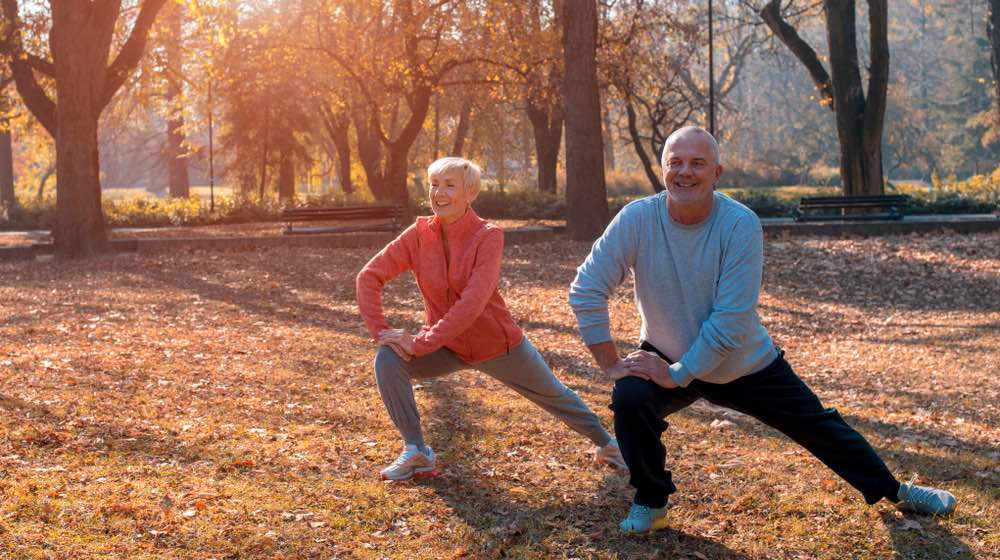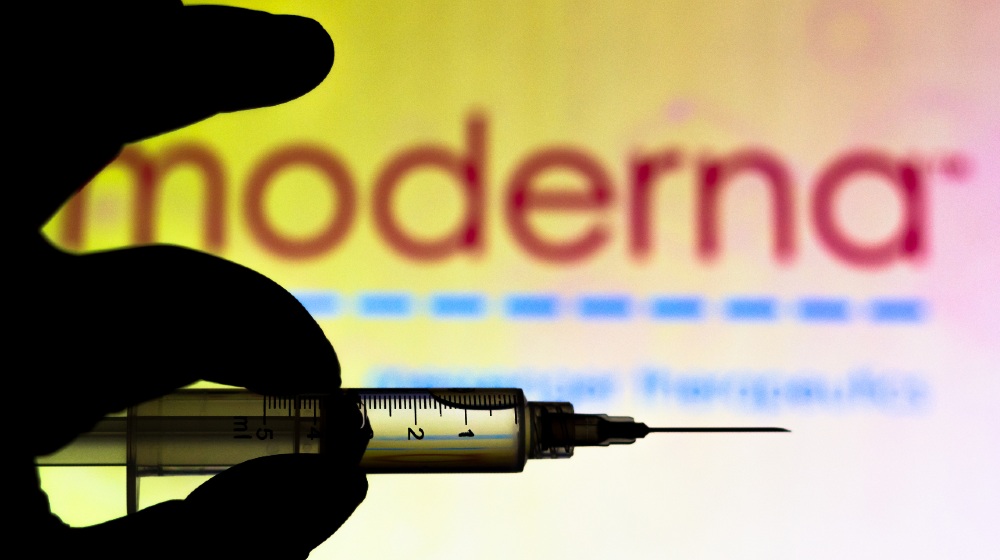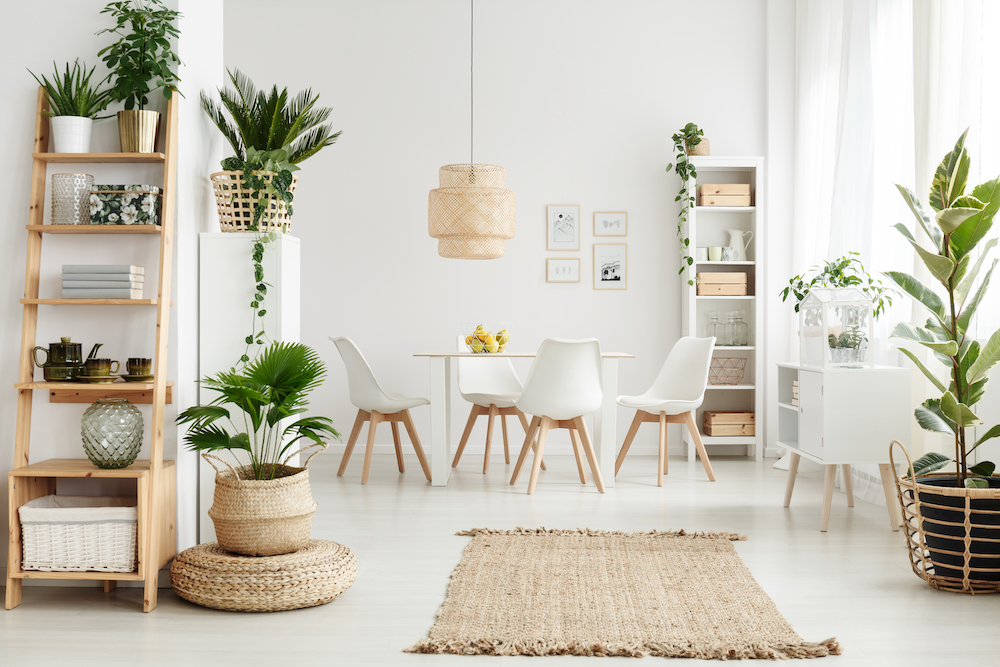Did you know that the average home contains 500-1,000 chemicals? Most of these chemicals we are unable to see or smell. For the most part, we tolerate these chemicals in small doses and build up a resistance to these because they are a part of our living environment, but is this the best condition for our health?
Indoor air is typically 2-5 times more polluted than outdoor air. And, while we need home insulation in extreme heat and cold situations, it is this insulation that is helping to keep our air stale. If you have pets, carpets trap, dog hair, fleas, dirt, dust mites, and sometimes fecal matter that pet owners cannot even see. There are many ways to detox your home, so check out our list of 20 tips to keep it clean and fresh.
1. When cleaning, the less you use chemicals the better
If you are using cleaning products containing known harmful chemicals, this can be very dangerous to your family including your pets. This constant exposure to children and pets can lead to health problems and allergies. Consider using natural products that clean without warning symbols on the labels.
2. Take your shoes off when you enter the house
The bottoms of your shoes carry all the dirt from the outside world. Do not bring that into your home.
3. Let the air flow
Open the windows if the weather allows to naturally ventilate the entire home. Remove odors with baking soda. Use fresh flowers or bowls of herbs like rosemary and sage to add a pleasant fragrance to rooms. Have your air ducts and vents cleaned with a non-toxic cleaner regularly. If you hire someone to do this cleaning, ask what type of cleaners they are going to use. Get a portable air cleaner/purifier, especially for the bedrooms.
4. Use green plants to purify the air
There are specific green plants that are capable of cleaning and detoxifying air. This can help immensely with family members that are prone to allergies.
5. Keep house dust to a minimum (more dust means more toxins)
Mop all surfaces at least once a week. Use a vacuum cleaner (with a HEPA filter, preferably) for your carpets. HEPA-filter vacuums capture the widest range of particles and get rid of allergens.
6. Avoid excess moisture in your home
While you don’t want the air so dry, people have nosebleeds, you also don’t want drips and leaks in places that create mildew situations. Check your basement often for leaks and also under sinks. Regularly wipe down surfaces around faucets, bath, and shower areas so water does not build up.
7. Get a shower filter
As many of the contaminants in tap water become gases at room temperature, a shower filter can help keep these toxins from becoming airborne.
8. Buy a water filter
More than 700 chemicals have been identified in drinking water. Filtering your tap water is better than drinking bottled water. A recent study just reported fluoride in water has possibly lowered IQ scores in some children if their mothers drank water with fluoride while pregnant.
9. Sealers
Use a non-toxic sealer or replace particleboard walls, floors or cabinets (which often contain formaldehyde, which can emit irritating and unhealthy fumes for decades). Avoid plywood, fiberglass, fiberboard and paneling. People often try to remove these items. Sealing is actually healthier. The dust stirred up by removal is very toxic. If you do remove these items, hire someone who specializes in removal of these types of walls, etc. and find a hotel for you and your family while the process is taking place.
10. Avoid harmful pest-control products
Additionally, avoid toxic pest control including traditional termite exterminators. Yes, it is tempting to spray when you have those unwanted pests, but there are plenty of nontoxic ways to remove these pests from the house.
11. Have your house checked for carbon monoxide leaks
This is most commonly found in leaking gas stoves, gas fireplaces, furnaces and chimneys, and gas water heaters. In addition, check all of the carbon monoxide detectors and smoke detectors in the house. They should all be checked every 4 months.
12. Be aware of toxins in carpeting
Especially in products made from synthetic materials. Use natural fiber wool and cotton rugs. We keep beating the same drum, but if possible, replace your wall-to-wall carpeting with hardwood floors, all-natural linoleum or ceramic tiles. Use non-toxic glues, adhesives, stains or sealers for installation.
13. Replace your skin care and personal products with less toxic and chemical free options
Deodorant, toothpaste, cosmetics, hair products, nail polish and perfumes are often loaded with toxins. Learn how to identify them and avoid them.
14. Use plastics wisely
As some contain Bisphenol A (BPA), which is linked to cancer and Phthalates, which are linked to endocrine and developmental problems. Avoid plastic food packaging (when you can). Don’t wrap food in plastic. Try to avoid using the microwave heat food in plastic containers. Choose baby bottles made from glass or BPA-free plastic. Avoid vinyl teethers for your baby. Stay away from children’s toys marked with a “3” or “PVC.” Replace plastic shower curtains with cloth. As for new toys, inspect them more closely and gradually replace plastic dishes with glass dishes.
15. Switch from the standard household cleaning products to cleaner and greener ones
Green products don’t damage your health or the environment’s as much and work as well as the mass marketed ones. You can also use basic ingredients you have around the house. For example, use vinegar in place of bleach, baking soda to scrub your tiles and hydrogen peroxide to remove stains. According to Annie Bond, the author of “Better Basics for the Home,” she states she can clean anything with water and these five basic ingredients: Baking Soda, Washing Soda, Distilled White Vinegar, Vegetable based liquid Soap e.g. Dr. Bronner’s Peppermint Soap and Tea Tree oil. And don’t forget to add lemon for that fresh smell!
16. Floor mats
Place floor mats vertically by your entryways to wipe your shoes. This way more dirt and residue from your shoes stays outside on the mat.
17. Avoid nonstick pans, pots, bakeware and utensils made from Teflon
Teflon contains per fluorinated chemicals (PFC’s) which have been linked to cancer and developmental problems. Many newer pans have other surfaces. Make sure they are safe. Get rid of the old Teflon pans.
18. Pet hygiene
Keep your animals clean and their flea and tick prescriptions up to date. The new flea and tick treatments are injected and are much less toxic for the animals, people and your home.
19. Keep your home free of toxic stress
Toxic stress produces more health problems than the chemicals in the air. The hormones we produce as a result of stress create chemicals that cause us more harm than the chemicals in the environment. You don’t want that in your home.
20. Share your toxic-free home with others
When you are able to detox your home, you should share your home with others. And when people comment, let them know how you have made your home so pleasant.
Conclusion
When you detox your home, it is a team effort. Get your family involved and educate them on the importance of cleanliness beyond the human eye. Even the youngest of children will notice when the fresh air comes in and start instilling new healthy habits.
Trending
Dating in Your 50s: Do’s and Don’ts
How To Develop A Healthy Habit In 21 Days
Get Updates
SIGN UP FOR OUR NEWSLETTER TODAY

13 Basic Flexibility Exercises For Older Adults

How To Develop A Healthy Habit In 21 Days

Coronavirus Vaccine News: Moderna Shows 94.5% Success
Related

13 Basic Flexibility Exercises For Older Adults

